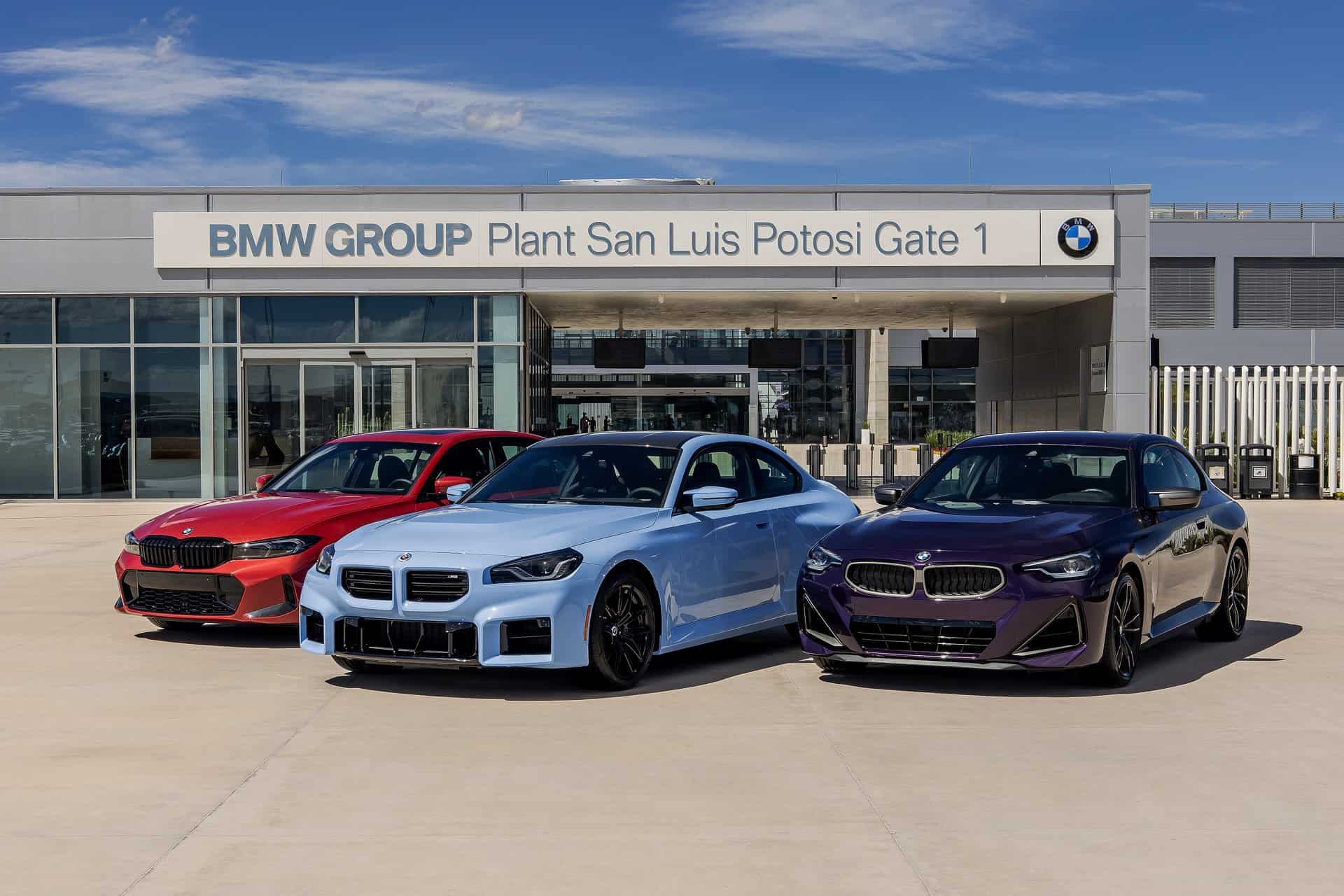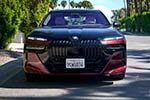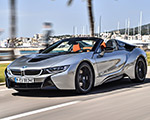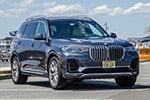It’s in the news no matter where you look: tariffs are (again) officially coming to all vehicles made outside of the United States. Though BMW has plenty of production Stateside, it still means a price hike. In fact, arguably some of the most desirable vehicles in the BMW lineup will be impacted the most, including almost all M Series vehicles, electric vehicles, and the ubiquitous BMW 3 Series. With a whopping 25 percent tariff inbound, automakers like BMW are heavily incentivized to find workarounds. But what does it really mean for consumers, and where does BMW go from here?
Clarifying Tariffs and the Impact on BMW
A few items to clarify before we see how, exactly, BMW car prices might be impacted. The current administration has claimed that the 25 percent tariff is in addition to existing tariffs. Currently, auto imports have a 2.5 percent tariff in place, bringing the total tariff to 27.5 percent. Secondly, tariffs are applied at the time of import. So, they won’t be applied to the MSRP of the vehicle, because the dealer buys the vehicle from the automaker at one price and sells it to the public at another, higher one—in BMW’s case, it’s typically a gap of 5-7 percent.
Assuming the tariffs actually happen this time, automakers have a few options. The first is raising prices on all of their vehicles, whether or not the tariff directly impacts the final import of the vehicle. This way, prices remain consistent—albeit consistently higher—and the brand doesn’t have awkward internal positioning. An example: the X3 has always been more expensive than the 3 Series. But, new tariffs will make the 3 Series significantly more expensive for BMW to ship to the US. Instead of only raising the price on the 3 Series—in the process making it more expensive than the X3 for consumers— both the X3 and the 3 Series will see a smaller price hike. While margins on the 3 Series will shrink, BMW’s bottom line doesn’t suffer. The added tax on the 3 Series is absorbed, and each model stays positioned as they are today.
Alternate Routes BMW Could Take Around Tariffs
The are three other alternative scenarios OEMs have. The first is that automakers eat the cost of additional tariffs while they can. This is almost guaranteed not to happen on a larger or long-term scale, though BMW has already shown some willingness by offering price protection on Mexico-built models. A second scenario involves only raising prices on models affected by the tariffs. This seems messy but could also help keep US-made models competitively priced.
One final scenario is possible, depending on how (if?) the tariffs are defined as the policy gets closer to implementation. It’s the same loophole that automakers have used to get around the chicken tax—importing a vehicle in pieces for final assembly in the US. Importing components and gluing it all together Stateside—what’s called complete knock-down (CKD) assembly—could be a workaround, but we don’t yet know enough about how tariffs will be calculated to know if that’s a valid play. There’s a significant chance of this happening when you consider CKD is how some BMW vehicles are manufactured in countries like India to—you guessed it—work around taxes. Even US automakers like Dodge have used this in the past. But let’s also keep in mind that tariffs seem to also apply to parts NOT manufactured in America.
While BMW hasn’t given any real details about what its next steps will lead it, it’s unlikely that significant production shifts will occur. Seeing as tariffs were already delayed once and even these new ones are seen by some in the industry as a potential bargaining chip, it simply isn’t realistic for automakers to make long-term adjustments to accommodate the US. In interviews, executives have said outright that new factories simply won’t happen, due to the cost and general instability. Solutions must come quickly but short of permanent—it’s a sticky situation with lots of possible outcomes.







































































